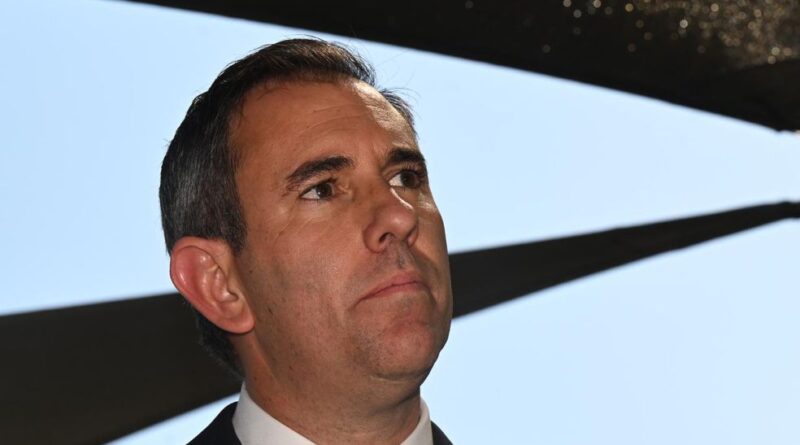Chalmers’ ‘made up’ inflation stats claim misleads
Soofia Tariq
April 17, 2025
WHAT WAS CLAIMED
Angus Taylor made numbers up when referring to inflation under Labor.
OUR VERDICT
Misleading. The figures broadly reflect ABS data and media reporting.

AAP FactCheck – Treasurer Jim Chalmers misleadingly accused his opposite number Angus Taylor of making up numbers relating to inflation during the Labor government’s tenure.
However, the percentage increases Mr Taylor mentions for groceries, electricity, gas, and insurance premiums largely reflect Australian Bureau of Statistics (ABS) data and media reporting.
Dr Chalmers made the claim during The Treasurers’ Debate on Sky News on April 9, 2025.
“Under Labor we’ve seen groceries go up by 30 per cent. Gas, electricity, insurance all up by over 30 per cent,” Mr Taylor said (timestamp 29 minutes five seconds).
“You just made those numbers up,” Dr Chalmers claimed. “You literally made those numbers up.”
AAP FactCheck contacted the treasurer’s office for evidence the numbers are made up but did not receive a response.

The Australian Bureau of Statistics (ABS) tracks the increase in the price of goods and services through its monthly consumer price index (CPI), which includes several categories.
Between May 2022, when Labor came to power, and February 2025, gas and other household fuels increased in price by 34 per cent (Table 1, data 1).
The ABS figures show a more moderate increase of 13 per cent for groceries, specifically food and non-alcoholic beverages, since Labor came to power.
However, Mr Taylor’s office said it was basing the 30 per cent grocery price increase figure on analysis carried out by News Corp.
The analysis found that, compared to June 2022, a basket of 29 goods cost 36 per cent more at Coles, 30 per cent more at Woolworths and 26 per cent more at Aldi.
The full analysis is not public and AAP FactCheck is unable to scrutinise or replicate these figures.
The ABS data shows a 35 per cent increase in insurance prices based on quarterly figures between June 2022 and December 2024.

While there are different ways of estimating electricity price rises, AAP FactCheck replicated the coalition’s calculations to reach a 32 per cent increase.
This is based on data that excludes energy bill relief rebates, including those from the federal Labor government.
The ABS reported this data by indexing electricity prices against the level in June 2022, measuring increases without energy rebates over the year to June 2023.
Between May 2022 and June 2023, electricity prices increased 13.1 per cent.
That figure is then added to an index the ABS produced to measure prices without rebates using June 2023 as its base; it shows prices rose 16.7 per cent to February 2025.
When added together, the total percentage rise in prices without rebates is 32 per cent.
However, when including federal, state and territory government energy bill relief rebates, the ABS monthly CPI data shows electricity prices have risen just one per cent since May 2022.
Jakob Madsen, an economics professor at the University of Western Australia, confirmed to AAP FactCheck the ABS monthly CPI data included government rebates and showed an increase of about one per cent.
He also confirmed the coalition’s electricity calculations excluded rebates, and that this data showed a 32 per cent increase since May 2022.
Experts previously told AAP FactCheck that while the government’s spending has influenced inflation rates, it’s far from the only factor, pointing out that economic conditions play a role.
AAP FactCheck is an accredited member of the International Fact-Checking Network. To keep up with our latest fact checks, follow us on Facebook, Instagram, Threads, X, BlueSky, TikTok and YouTube. (AAP)



